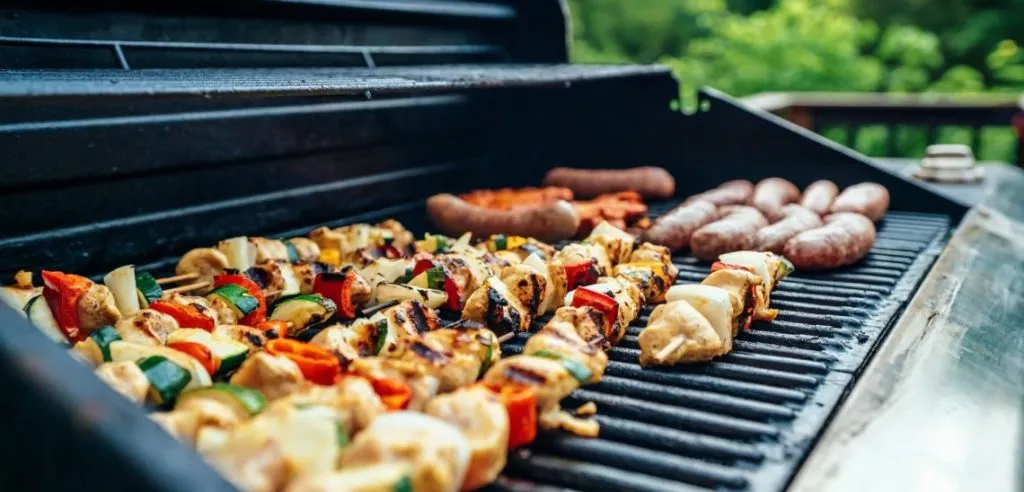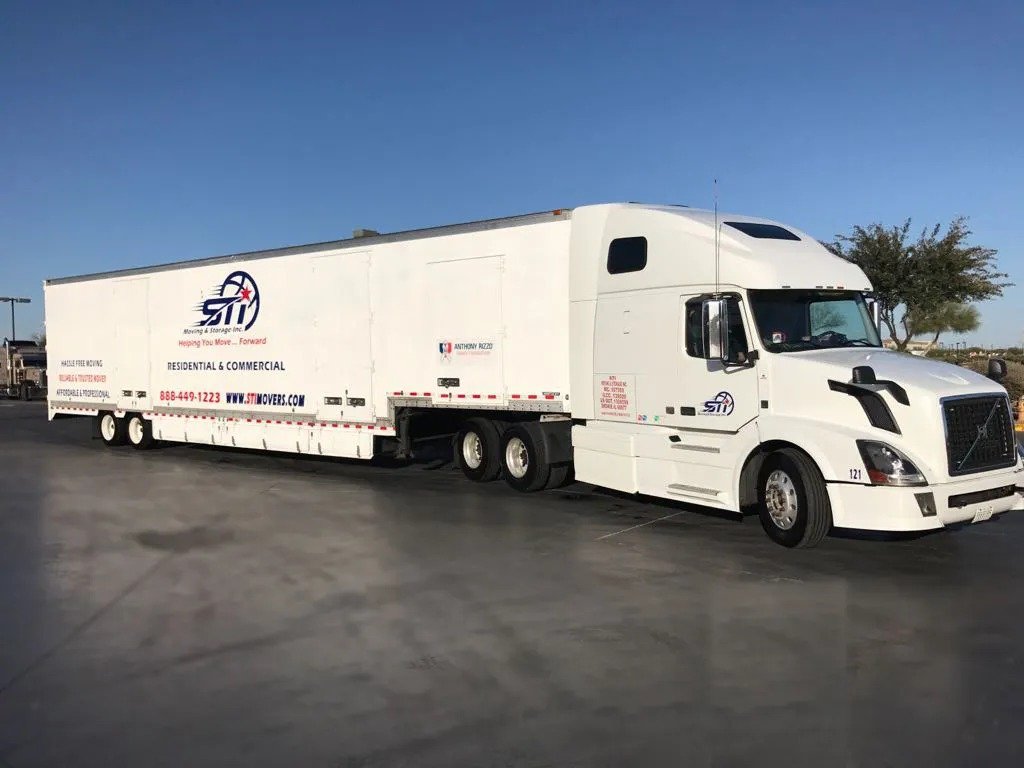Grilling with your friends on the 4th of July or even if it’s not a special occasion is amazing, right? Having that big, excellent grill that always gives you perfect, succulent meat and veggies is so much fun and really worth it. But, whether you’re relocating locally or moving long distance, you will have to pack this item, just like every other item in your house. How do you prepare, pack, and transport a grill for moving? Let’s check out these tips and tricks to pack your grill properly.
Prepping the Grill for Packing
You can start packing your grill after you finish prepping and packing all the other items from your backyard. But, before you neatly pack it, you will need to clean it and disassemble it. When it’s clean, the grill will be ready for use after you assemble it in your new home. Also, since grills, especially big ones, are usually heavy and sturdy, you should use sturdier boxes and appropriate packing materials to protect the grill parts.
Begin by removing all debris, grease, and food residue from your grill. Use a grill brush and soapy water to clean the grates and interior surfaces thoroughly. If your grill uses a propane tank, disconnect it before cleaning and ensure the tank is empty. Propane tanks cannot be transported by movers for safety reasons, so make arrangements to either dispose of or transport the tank yourself. Proper cleaning prevents rust and keeps your grill in good condition during transit.
Disassembling the Grill
The same rule applies here, too – the bigger the grill, the more difficult it will be to disassemble it. If you have saved the manual, you shouldn’t have issues with disassembling the grill. However, if it’s been a while since you have bought your grilling machine, fear not. You will probably be able to find the instructions on YouTube. Start by removing smaller parts, like the cooking grates, side shelves, and knobs.
Secure each piece in bubble wrap or packing paper to prevent scratches or damage. Use plastic bags to store screws, bolts, and small hardware, labeling them for easy reassembly later. For grills with removable legs or stands, detach them carefully to make the base easier to transport. Wrap the larger sections in moving blankets or thick padding for added protection.
Packing the Grill Components
Once disassembled, pack each component of the grill securely. Use durable boxes that can support the weight of the grill parts, and reinforce the bottom of the boxes with packing tape. Place heavier items at the bottom and lighter components on top to maintain balance. Label each box clearly with its contents and mark boxes with fragile components to ensure careful handling.
For grills with glass components, such as viewing windows or lids, wrap these parts in bubble wrap and place them in a box with plenty of padding to prevent breakage. If your grill has a smoker attachment or rotisserie, pack these separately in well-cushioned boxes. Taking the time to pack each part carefully ensures that your grill arrives at your new home in excellent condition.
Transporting the Grill Safely
Whether you’re relocating inside Chicago or moving long distance, proper transportation is key to protecting your grill. Place the largest grill component, typically the base or main body, securely in the moving truck. If possible, use straps or bungee cords to secure it and prevent it from shifting during transit. Position the grill upright and avoid placing heavy items on top of it.
Smaller, packed components can be placed around the main body, but ensure that nothing is at risk of being crushed or damaged. If you’re transporting the grill yourself, use a truck bed or SUV with enough space to keep the grill stable. For added safety, double-check that all parts are tightly packed to prevent movement.
Need Professional Help?
If you are not confident about handling your grill (e.g. it’s too big and too difficult to disassemble and manage), you can always rely on the Chicago packing company you hired to help you handle it. Professional teams will easily disassemble, pack, and transport your grilling device. Professional movers have the experience and tools necessary to manage heavy or complex items like grills.
They can ensure each part is packed securely and transported safely, giving you peace of mind. Additionally, movers can help with other bulky or fragile items, streamlining your entire relocation process. While hiring professionals comes at a cost, it can save you time, effort, and potential damage to your valuable grill.
Additional Tips for Moving Your Grill
- Check Local Regulations: If moving across state lines, research any regulations regarding propane tanks or grill transportation. Some states have specific safety rules or restrictions.
- Inspect Your Grill Before Moving: Assess your grill for any pre-existing damage or wear and decide if it’s worth transporting. If your grill is nearing the end of its lifespan, it might be a good opportunity to replace it.
- Plan for Setup at Your New Home: Once you arrive at your new location, ensure you have the space and tools ready to reassemble your grill. Review any local guidelines on outdoor grilling, especially in shared spaces or apartment complexes.
Conclusion
Relocating your grill may seem daunting, but with the right preparation and packing techniques, it can be done smoothly and safely. Cleaning and disassembling your grill, packing its components securely, and transporting it properly are key steps to ensure your favorite cooking companion arrives in great condition. If the task feels overwhelming, professional movers can handle the heavy lifting for you. With these tips, you’ll be ready to fire up your grill in your new home and create more amazing memories with friends and family. Happy moving and happy grilling!



